Bird Ringing Scheme
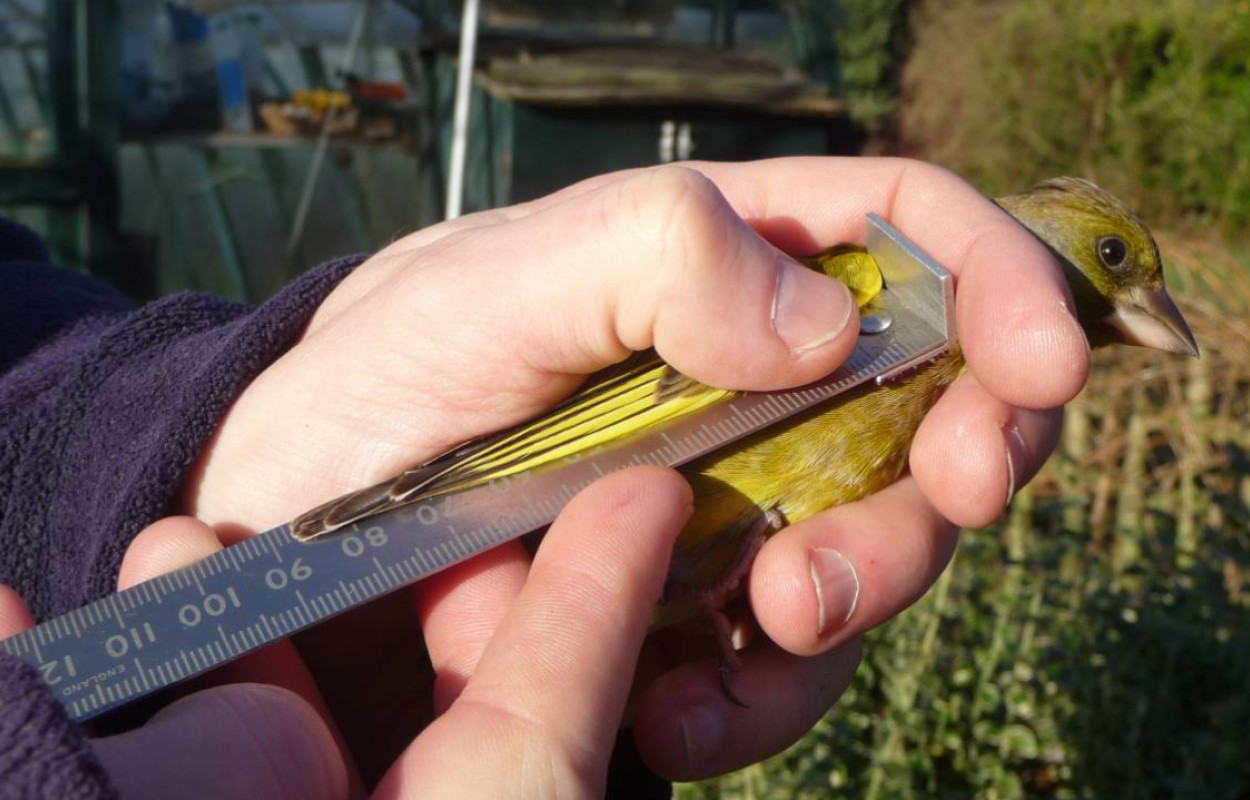
Bird ringing generates information on the survival, productivity and movements of birds, helping us to understand why populations are changing.
Ringing data make a major contribution to the study of population changes and to our understanding of species declines. Bird populations are determined by the number of fledglings raised and the survival of both juveniles and adults.
Whilst ringers collect data on survival, volunteers for the Nest Record Scheme collect information on productivity. The results can be analysed in combination with population trend data, such as that collected through the BTO/JNCC/RSPB Breeding Bird Survey, to determine at which stage of a bird’s life cycle there might be a problem. This enables scientists and conservationists to target appropriate mitigation measures.
Reporting ringed birds
All records of ringed birds are valuable. Find out more about why you should report a ringed bird and how to do so here.
Key information and resources for ringers
Time / skill required
Project timeline, contributions & findings
Project timeline
- 1909 Ringing began in Britain & Ireland
- 1937 BTO took over running of the Ringing Scheme
- 1957 Ringers’ Bulletin launched
- 1965 First edition of the Ringers’ Manual published
- 1975 Ringing & Migration journal first published
- 1983 Constant Effort Scheme (CES) launched
- 1998 Retrapping Adults for Survival (RAS) Scheme launched
- 2006 Launch of the Online Ringing & Nest Recording Report
- 2015 Launch of LifeCycle magazine
- 2017 Launch of Demography Online (DemOn)
- 2020 Launch of Garden CES
Contributions & findings
- Winter wren populations show adaptation to local climate
- Flexibility in the timing of post-breeding moult in British passerines
- Latitudinal gradients in the productivity of European migrant warblers have not shifted northwards during a period of climate change
- Integrating demographic data: towards a framework for monitoring wildlife populations at large spatial scales
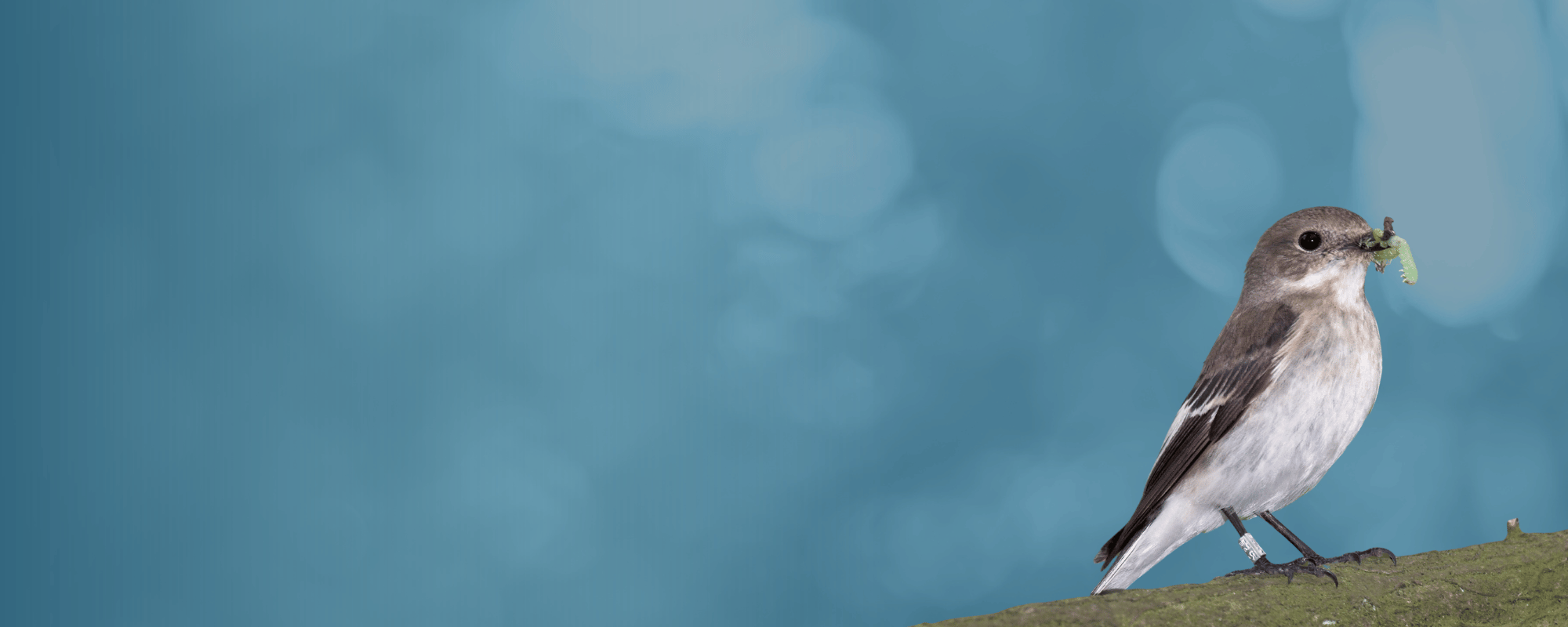
Help us continue our vital surveys
Surveys like the Bird Ringing Scheme are vital. The data they produce help us drive positive change for the UK’s birds.
But increased pressure on funding is putting our surveys and data at risk – which is why we need your support.
Donate todayLicenced ringers can purchase rings, nets and other ringing equipment in the BTO Ringing Sales shop

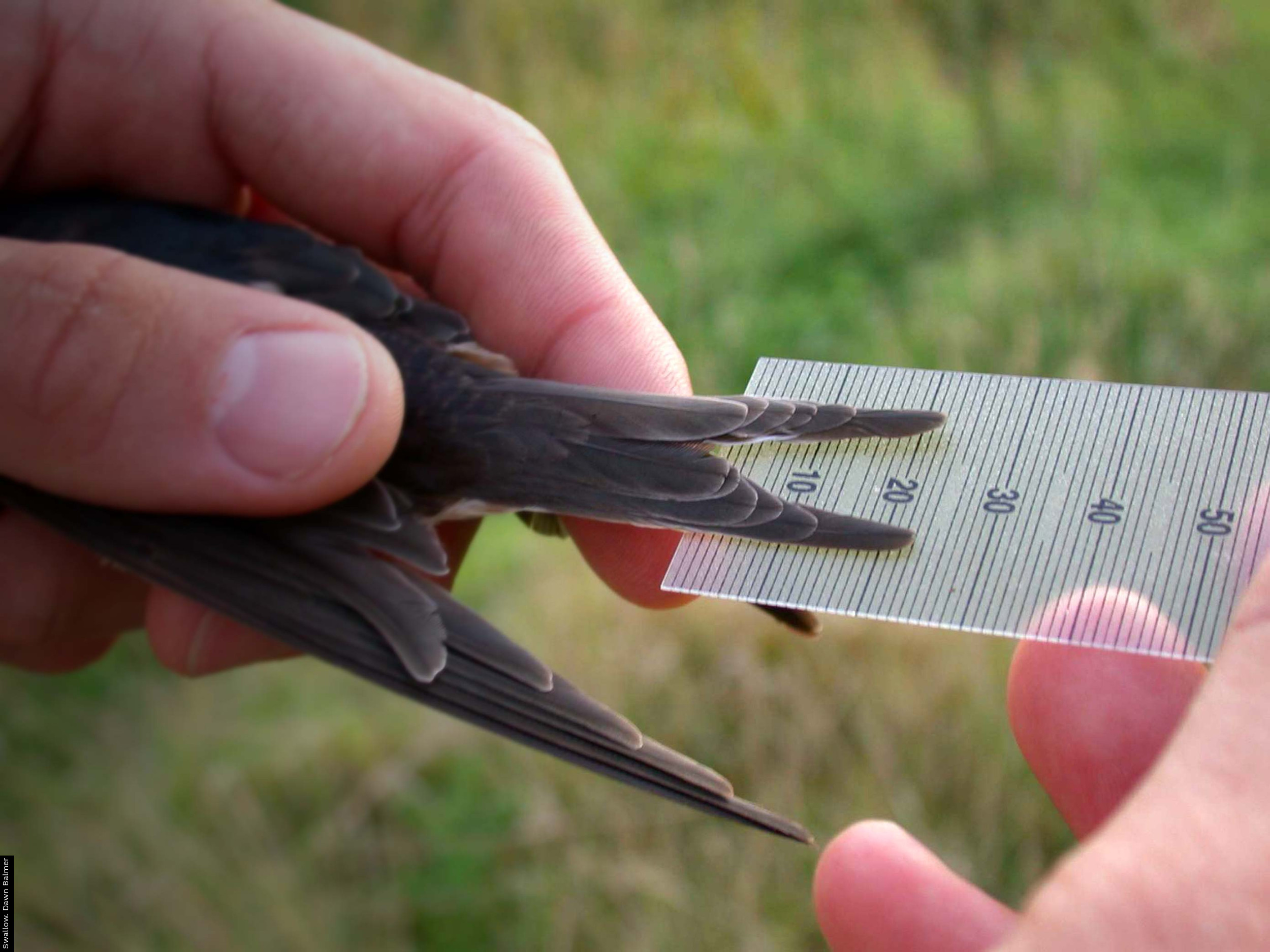






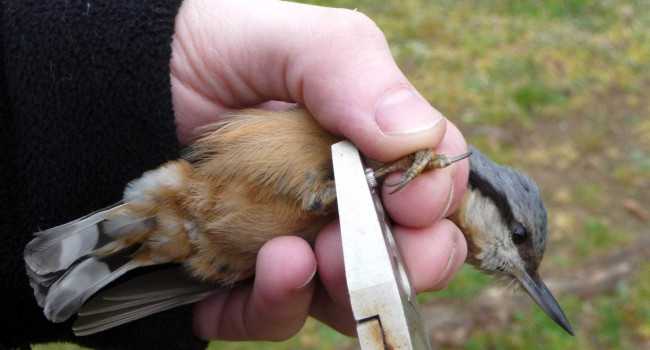
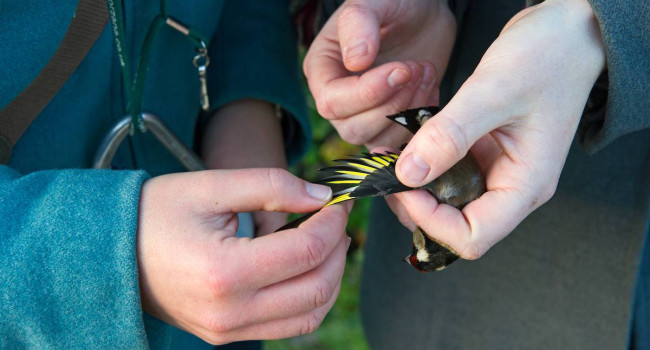
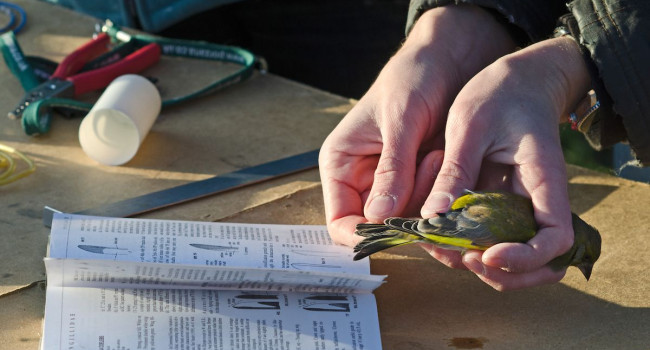
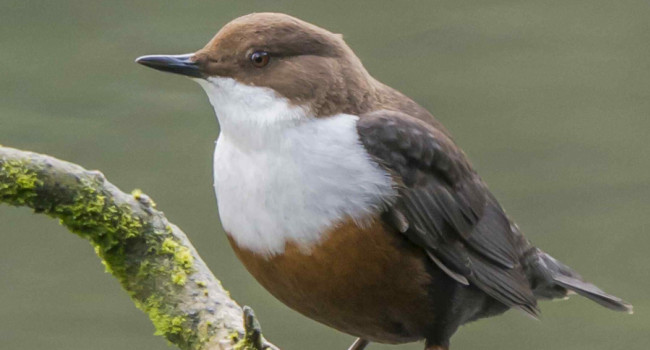
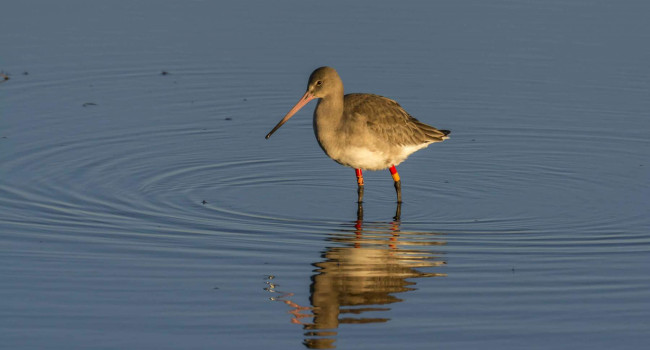
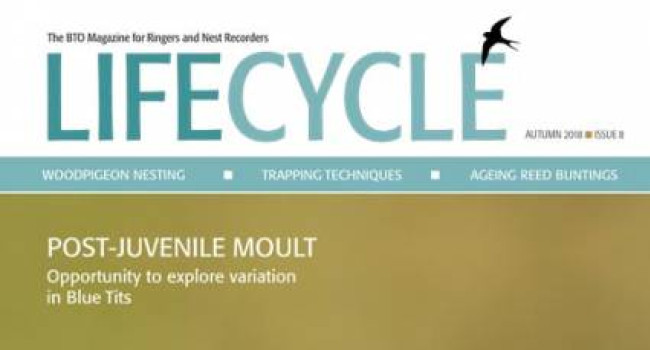

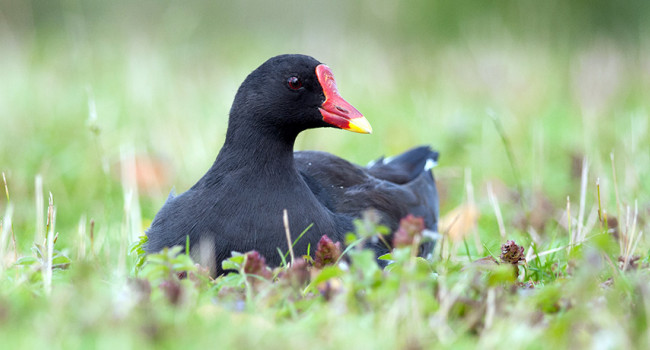
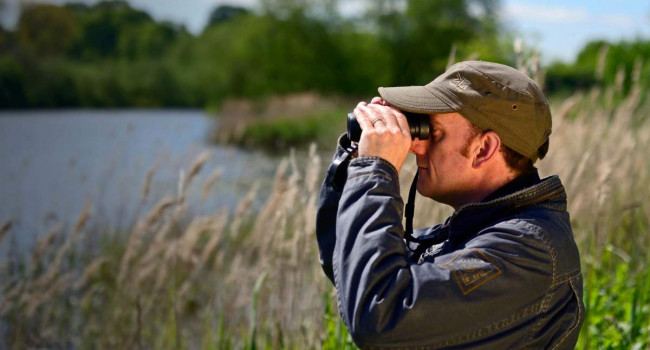


Share this page